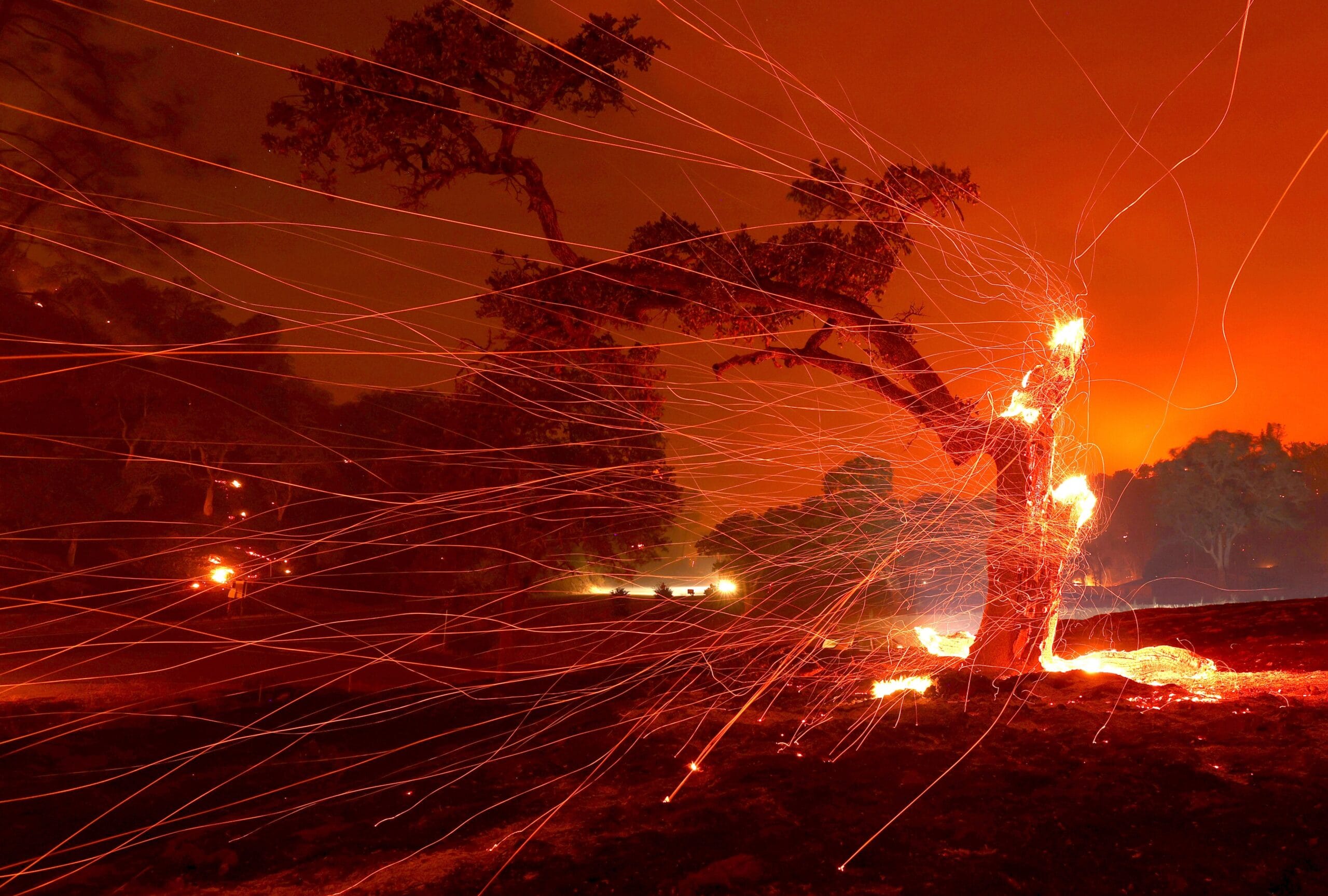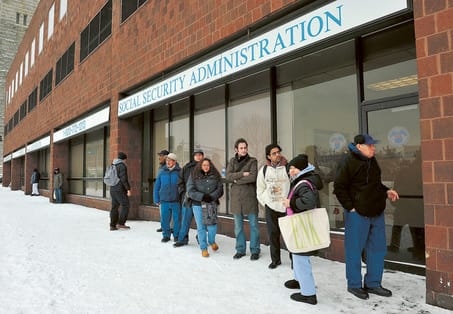The state of California is currently grappling with a series of wildfires that have claimed at least 16 lives, with the situation becoming increasingly dire as winds are expected to strengthen in the coming days. The fires, which have spread rapidly across various regions, are threatening major highways and prompting widespread evacuations. Emergency services are mobilizing resources to combat the flames, but the combination of dry weather and gusty winds is complicating their efforts.
The wildfires have been fueled by a combination of factors, including prolonged drought conditions and high temperatures. As the flames spread, they have consumed thousands of acres of land, destroying homes and displacing residents. Firefighters are facing significant challenges as they work to contain the blazes, with strong winds causing the fires to change direction unexpectedly. This unpredictability has made it difficult for emergency responders to establish effective containment lines.
In response to the escalating situation, local authorities have issued evacuation orders for several communities in the path of the fires. Residents are being urged to leave their homes and seek safety in designated evacuation centers. The urgency of these orders reflects the seriousness of the threat posed by the wildfires, as flames continue to advance toward populated areas and critical infrastructure.
As the fires rage on, the impact on air quality has also become a significant concern. Smoke from the wildfires is spreading across large portions of the state, leading to hazardous air quality levels in many regions. Health officials are advising residents, particularly those with respiratory conditions, to take precautions to protect themselves from the effects of smoke inhalation. The situation is further complicated by the ongoing COVID-19 pandemic, as health authorities emphasize the importance of maintaining safety protocols even in the face of natural disasters.
Firefighting efforts are being bolstered by the deployment of additional resources from neighboring states. Fire crews, equipment, and aircraft are being sent to assist local firefighters in their battle against the blazes. The collaboration between state and federal agencies is crucial in managing the wildfires and ensuring that adequate support is available to those on the front lines.
In addition to the immediate threat to life and property, the wildfires are also raising concerns about long-term environmental impacts. The destruction of vegetation and wildlife habitats can have lasting effects on local ecosystems. As the fires continue to burn, experts are closely monitoring the situation to assess the potential consequences for the environment and the recovery efforts that will be necessary once the flames are extinguished.
As the situation develops, officials are urging residents to stay informed through official channels and to heed evacuation orders. The unpredictability of wildfires necessitates a proactive approach to safety, and residents are encouraged to have emergency plans in place. The community’s resilience will be tested in the coming days as they face the challenges posed by these devastating fires.
In conclusion, the wildfires in California represent a significant and tragic event, with at least 16 lives lost and many more at risk. As winds are expected to strengthen, the threat to communities and infrastructure remains high. Emergency services are working diligently to contain the fires and protect residents, but the situation is fluid and requires constant vigilance. The impact of these wildfires will be felt for years to come, both in terms of human loss and environmental damage.



